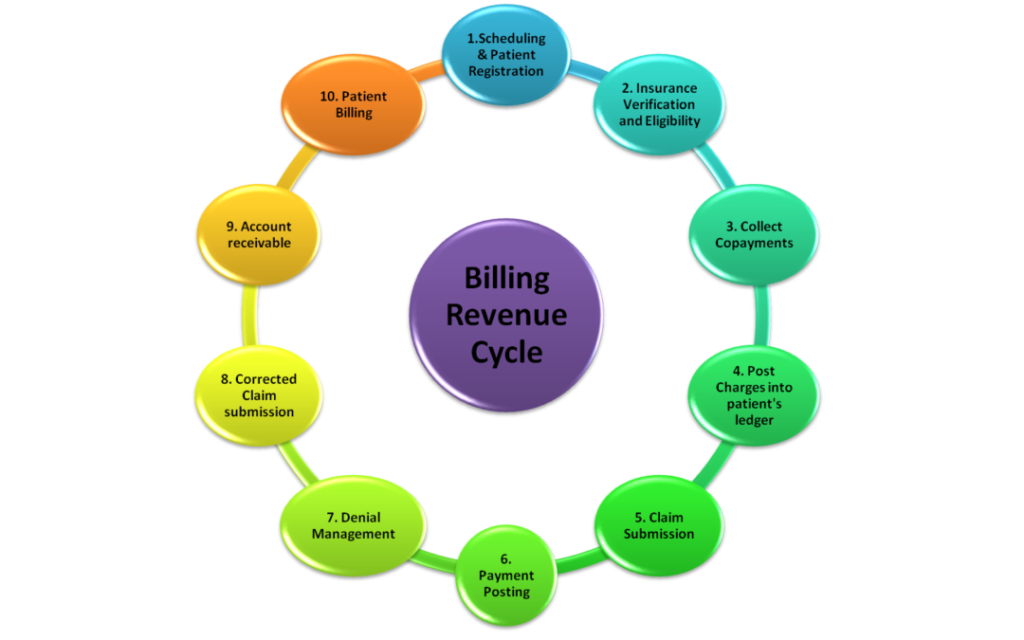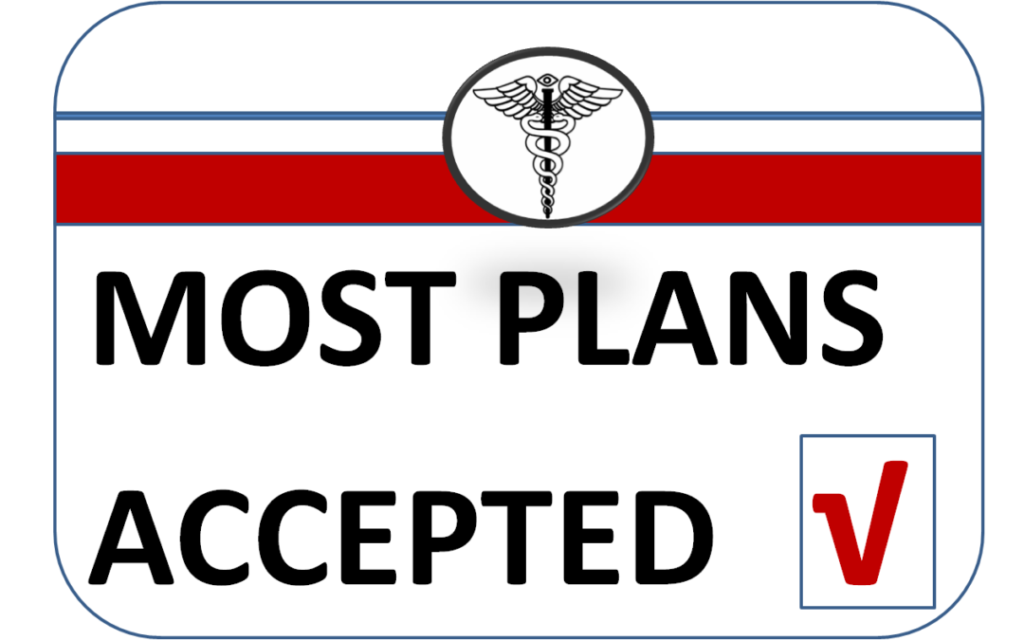The Real Cost of Insurance Billing Revenue Cycle Management and Revenue Cycle Management (RCM)

In Part 1 of this article series, “5 Major Financial Threats to the CEO Optometrist in Private Practice” I discussed Threat #1: Not Paying Yourself First. I reminded you that as a CEO Optometrist, you’ve achieved something remarkable by starting your own practice. You’ve taken risks and poured your energy into growing your business. As such, you deserve to be compensated in three ways, just as any employee would, you deserve to be paid as the Chief Executive Officer (CEO), and as the investor. Investing in yourself is as crucial as investing in your practice and enjoying the fruit of your labor.
Last week, we addressed Threat #2: Overreliance on Vision Insurance Plans. In that article, I shared one of three critical observations to consider when enrolling in vision plans—Observation #1: How Vision Plans Affect Your Cost Per Acquisition (CPA). We discussed how vision plans impact your CPA by relinquishing control over new patient acquisition, posing a threat to the long-term sustainability of your practice.
Today, we’ll continue this conversation with Observation #2: The Cost of Revenue Cycle Management (RCM).
What is medical billing?
To understand the “Revenue Cycle,” we must first define Medical Billing. According to the Healthcare Business Management Association (HBMA), medical billing involves the submission and follow-up on claims with health insurance companies to receive payment for healthcare services. Whether you’re dealing with private insurers or government-sponsored programs, the billing process is the same—known as Revenue Cycle Management (RCM).
What is Revenue Cycle Management (RCM)?
RCM encompasses the financial transactions that result from medical encounters between patients and healthcare providers. These transactions include, but are not limited to, billing, collections, payer contracting, provider enrollment, coding, data analytics, management, and compliance.
Here’s a visual of the revenue cycle, based on my experience:

As you can see, RCM is a lengthy and tedious process, and even after all the time and effort, payment is not guaranteed. Sounds crazy, right? Yet, this is the reality we face every day in optometry, including myself.
RCM Cost Calculation
Now, let’s talk about how much this cycle really costs. Using an example from our previous article, let’s say Acme Insurance reimburses $40 for a comprehensive eye exam. We’ll plug that figure into the RCM cycle and calculate the true cost to you, the practice owner.
The primary cost factor for RCM is time. Based on my experience, I broke down the process into 10 steps. If each step takes 5 minutes, the entire cycle totals 50 minutes per claim.
If the operating cost of your practice is $3 per minute, your RCM cost per claim would be:
50 minutes x $3/minute = $150 per claim
Are you starting to see how this can quickly become a problem? Of course, this is a simplified view. If you want a more accurate and detailed analysis, tools like those available at HFMA.org can offer a better picture. But for the sake of clarity, let’s stick to this cost-per-minute method.
RCM Profit Calculation
Now let’s look at your profit from this claim:
Profit = Reimbursement Payment – RCM Cost = $40 – $150 = -$90
Yes, you read that right—a $90 loss. You’ve spent more managing the claim than you received in reimbursement. This isn’t sustainable and poses a significant threat to your practice’s financial health.
In Conclusion…
The rising costs of RCM are a direct threat to the survival of your practice. Ignoring this won’t make it go away. You must confront this issue head-on and create a proactive plan.
I encourage you to examine your RCM costs across all insurance networks. Once you’ve done so, you may discover that certain plans are liabilities rather than assets. If that’s the case, I recommend you drop those plans, just as you would quickly let go of an employee who is draining your resources.
For the plans you decide to keep, find ways to increase efficiency and reduce RCM time. Outsourcing your billing process can be an excellent way to reduce the burden. There are plenty of RCM service providers in the industry that can help. If you have any recommendations for good RCM resources, feel free to share them in the comments below.
Next Step
My goal with this article is to empower you with knowledge and give you insights into the real cost of the insurance billing process. What you do with this information is entirely up to you, but remember, the survival of your practice is at stake.
If you found this article valuable, please leave a comment below and share it with your colleagues. If you want to create more efficiency in your insurance billing process, reach out to us at OptometryDivas.com/Contact.
Until next time, remember to Dream Big, Take Risks, and Become the CEO of YOU™!





